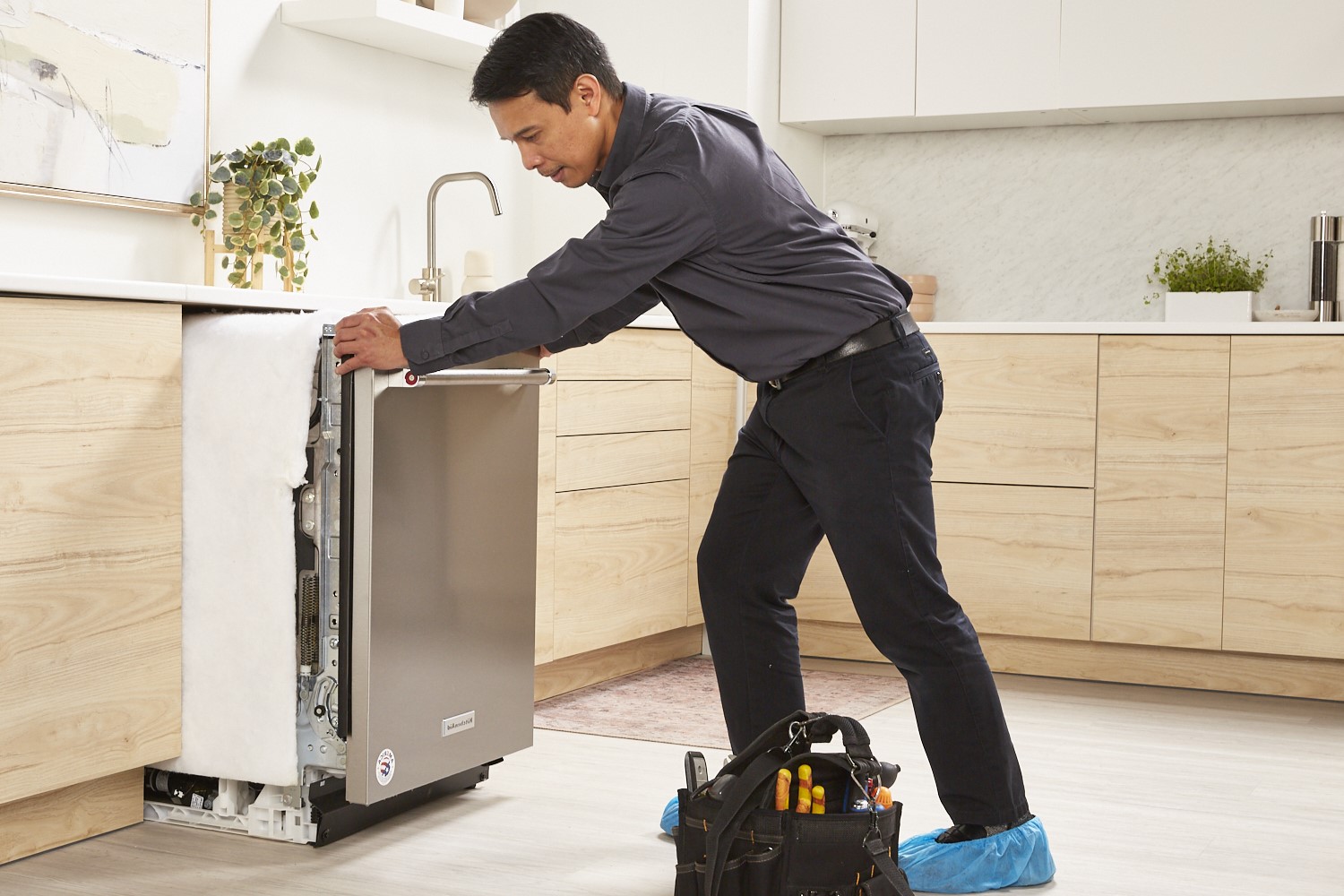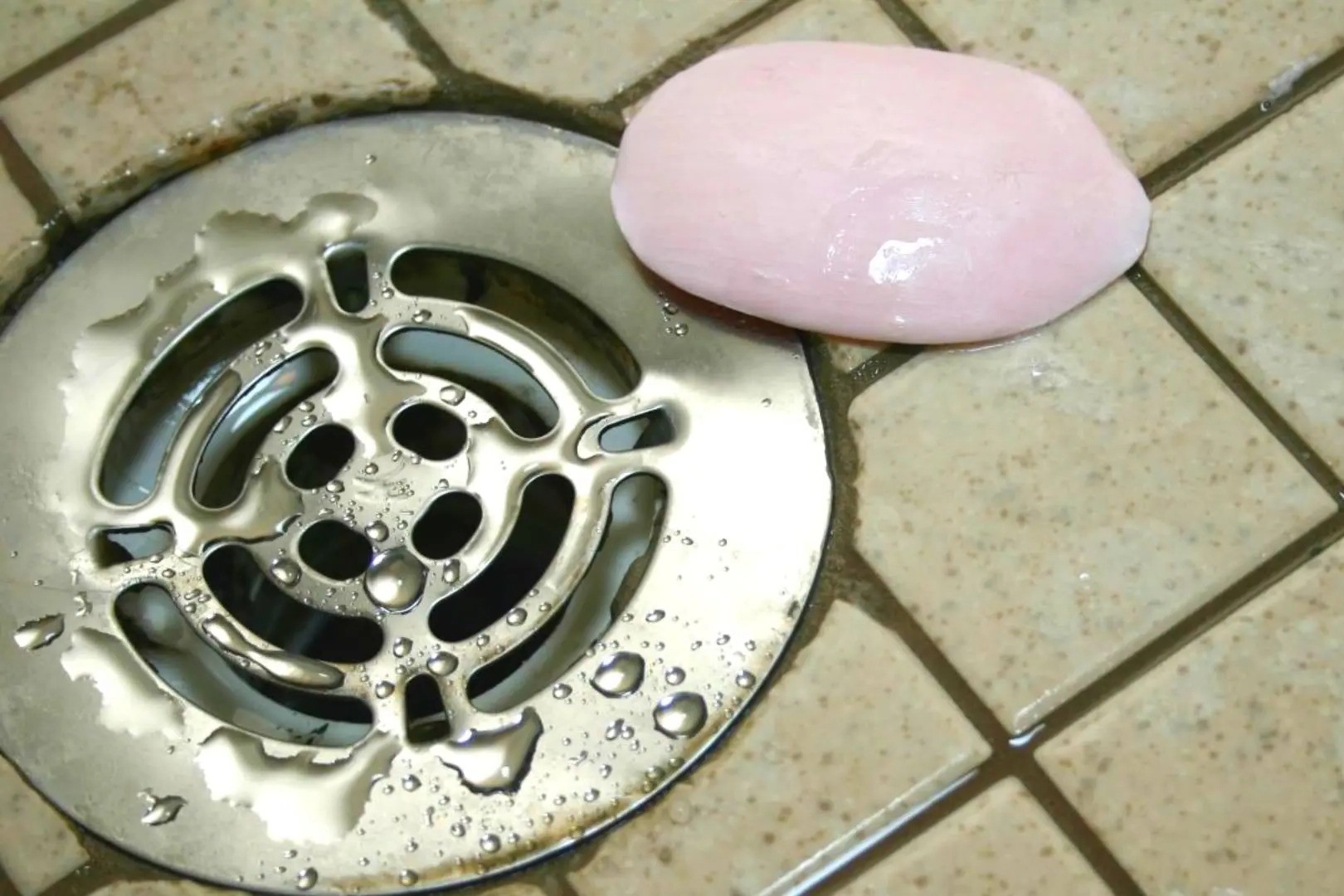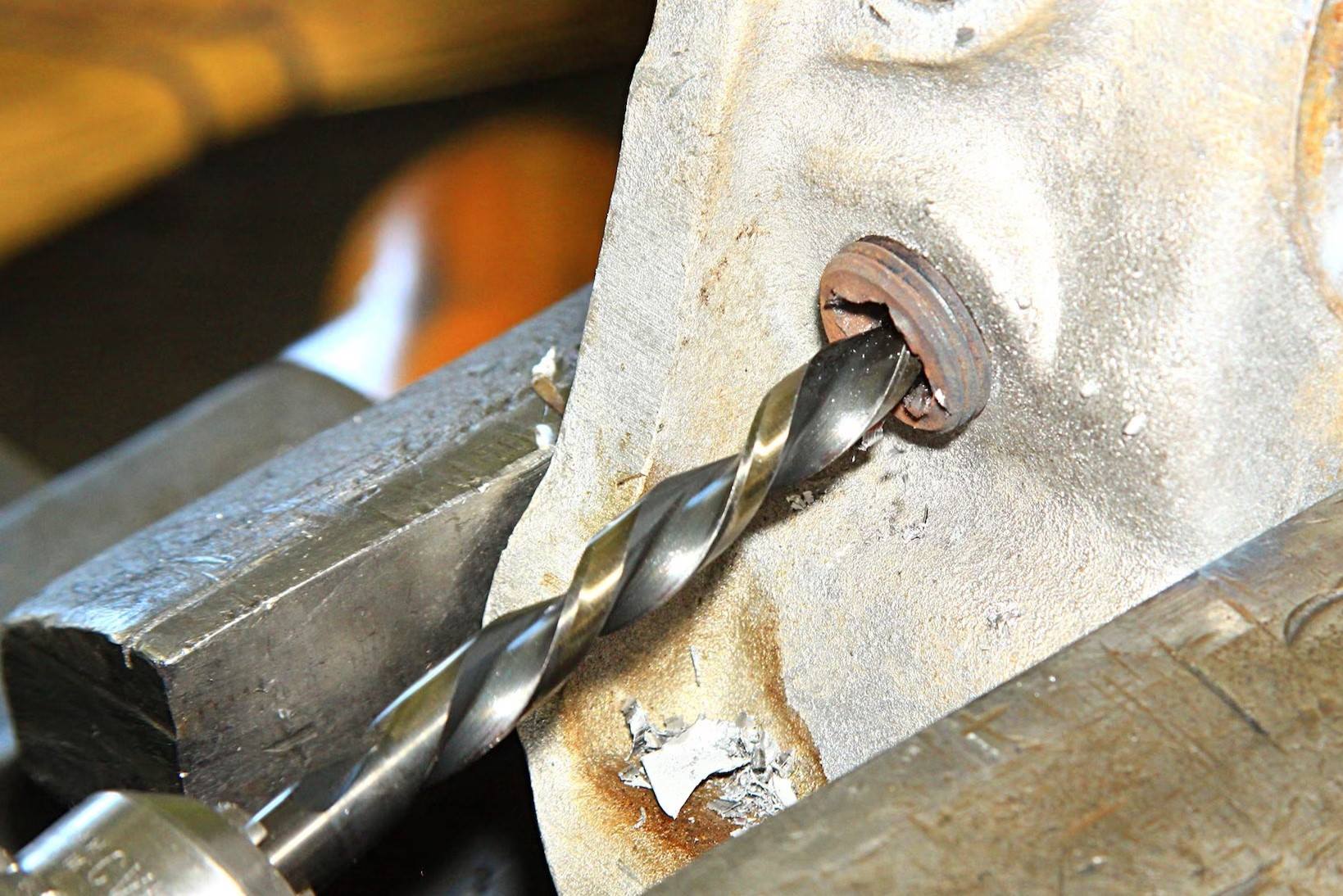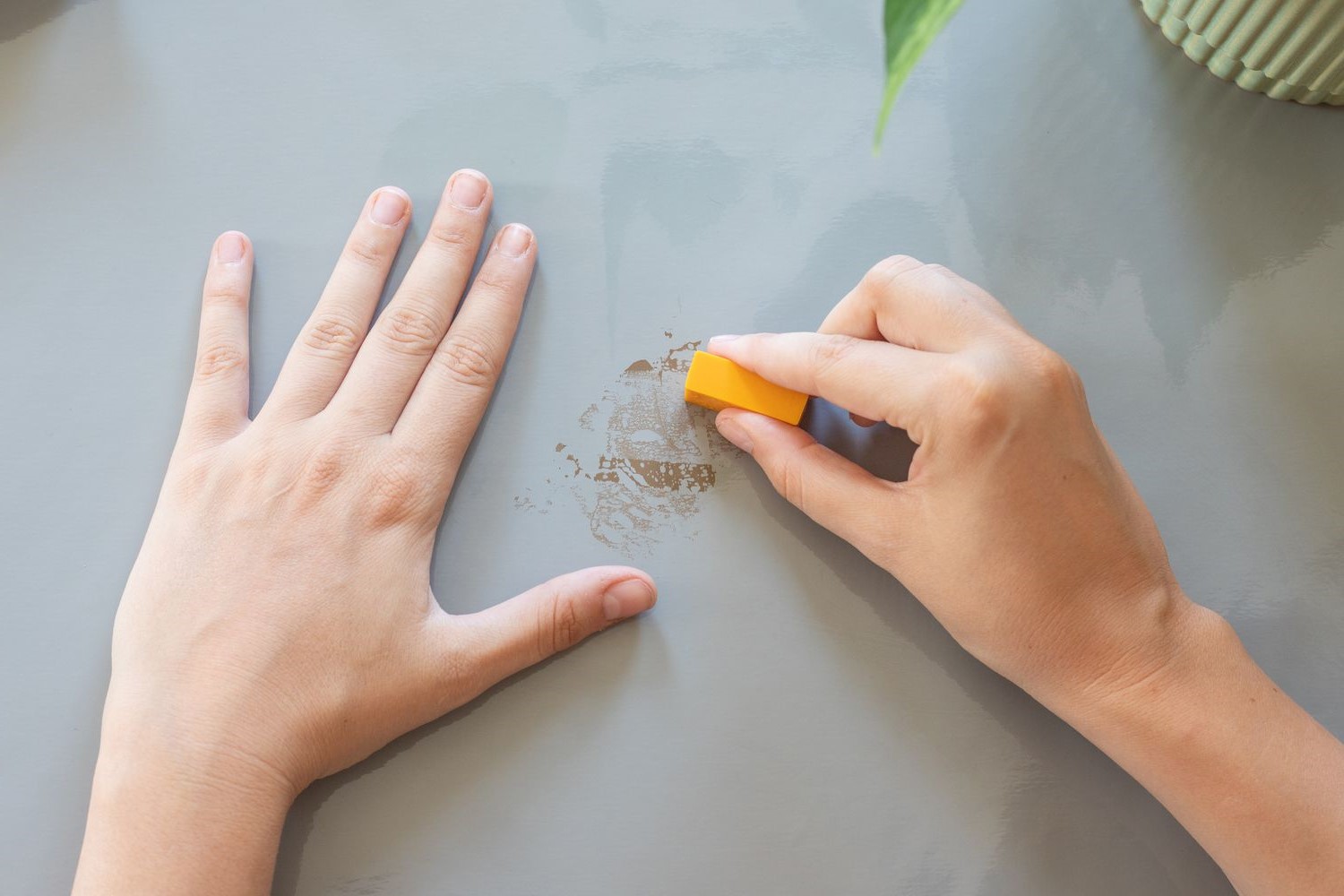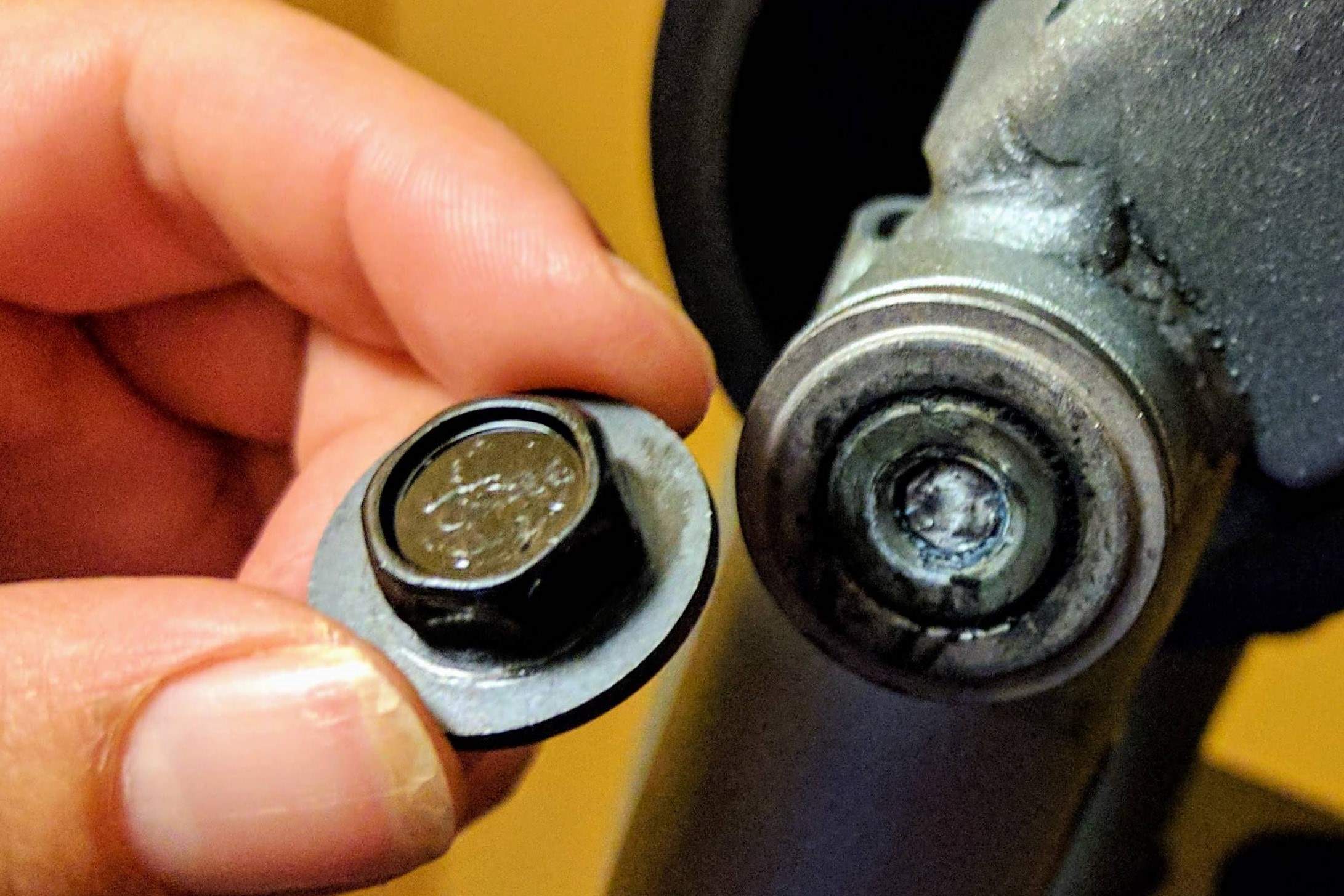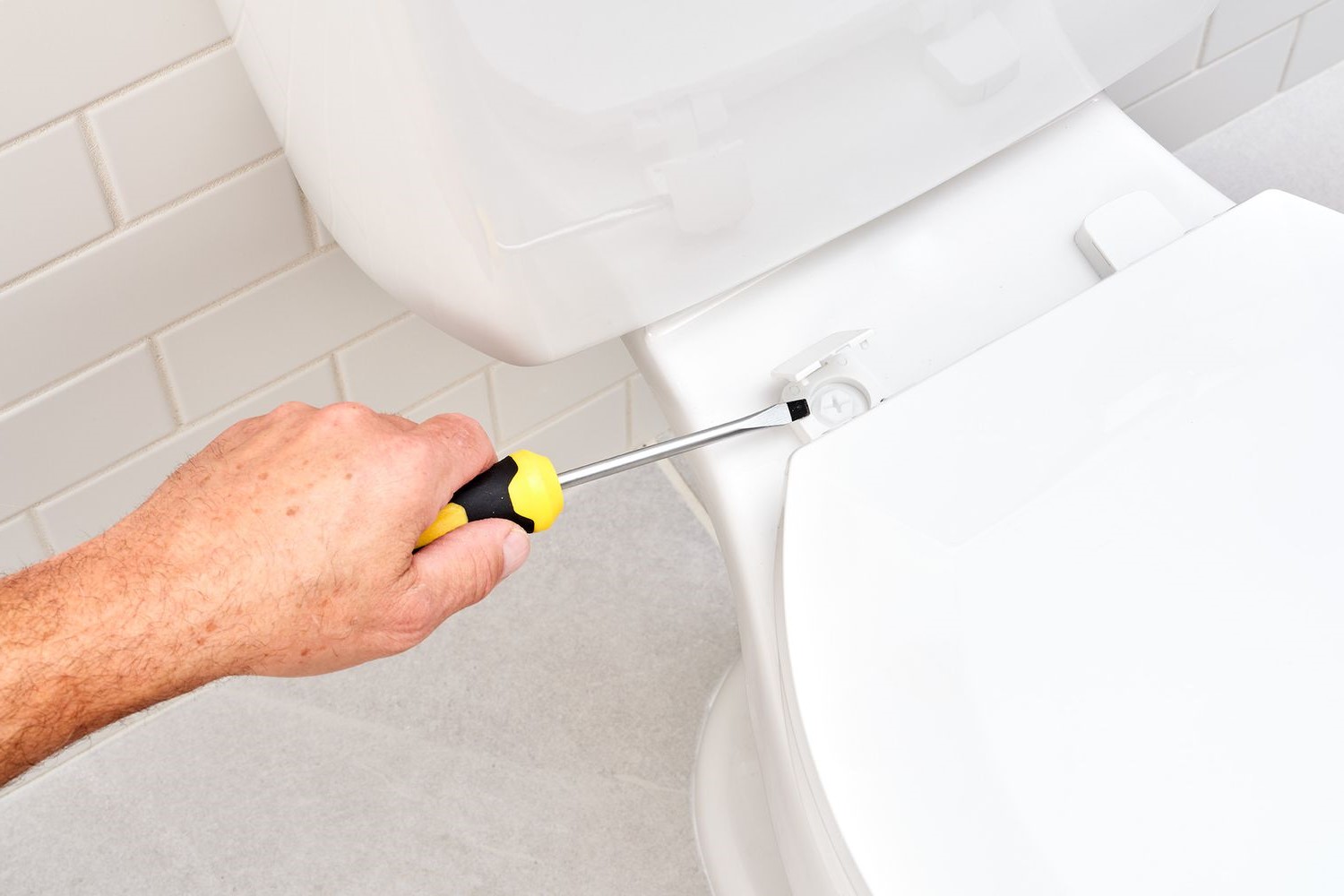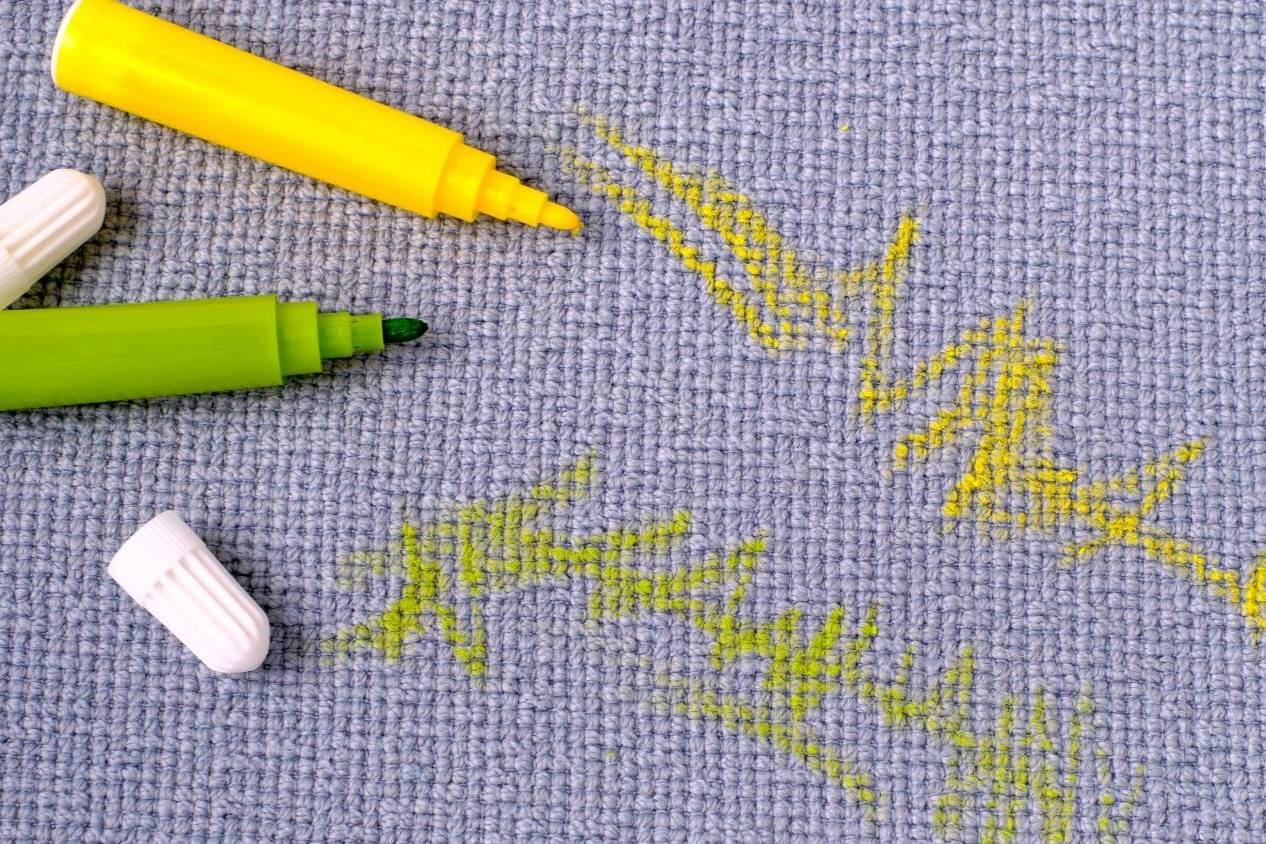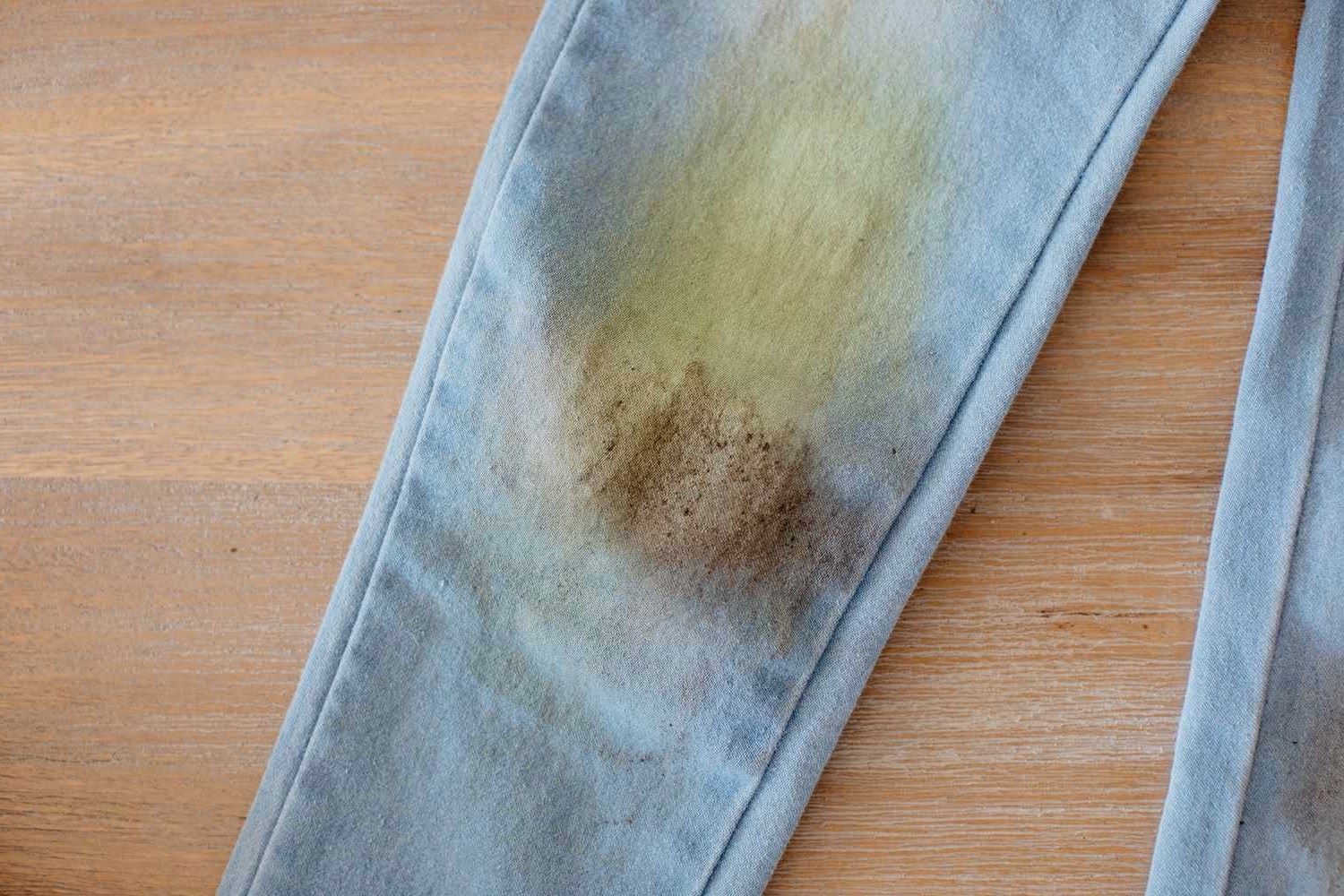Home>Home and Garden>How To Remove Iron On Vinyl
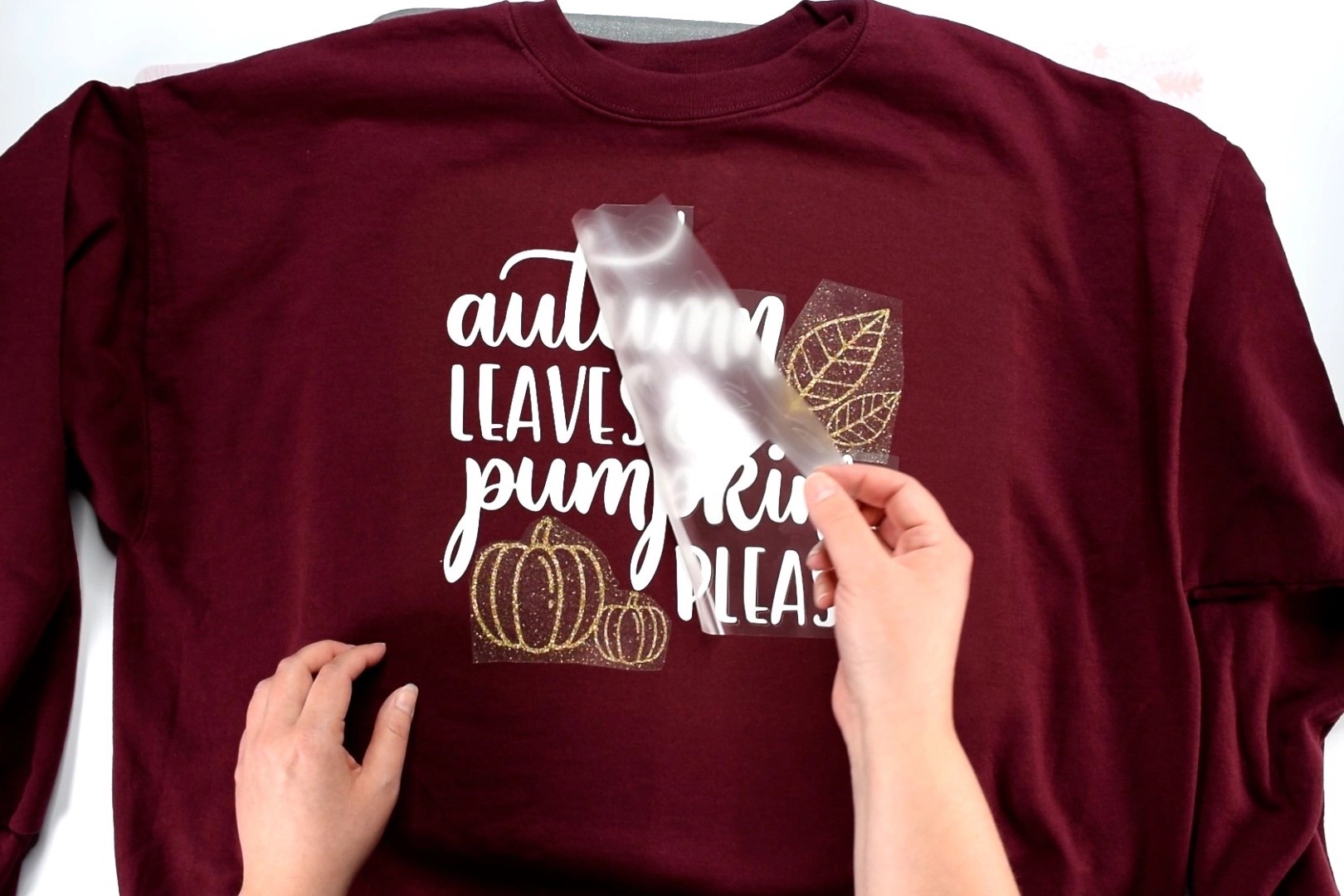

Home and Garden
How To Remove Iron On Vinyl
Published: February 29, 2024
Learn how to remove iron-on vinyl from fabric with these easy home and garden tips. Keep your projects looking fresh and clean!
(Many of the links in this article redirect to a specific reviewed product. Your purchase of these products through affiliate links helps to generate commission for Noodls.com, at no extra cost. Learn more)
Table of Contents
Introduction
Removing iron-on vinyl can be a challenging task, especially if you're new to the process. Whether you're correcting a mistake, updating a design, or simply looking to start fresh, knowing how to remove iron-on vinyl properly is essential. Iron-on vinyl, also known as heat transfer vinyl, is a popular material used in crafting and DIY projects. It adheres to fabrics using heat and pressure, creating vibrant and durable designs on clothing, accessories, and home decor items.
While iron-on vinyl is designed to withstand regular wear and tear, there may come a time when you need to remove it. Perhaps you want to repurpose a garment, or maybe you made an error during the application process. Regardless of the reason, understanding the proper techniques for removing iron-on vinyl is crucial to achieving the best results without damaging the underlying fabric.
In this comprehensive guide, we'll walk you through the step-by-step process of removing iron-on vinyl from various surfaces. From preparing the vinyl for removal to safely peeling it off and addressing any residue, we'll cover everything you need to know to tackle this task with confidence. By following these instructions and using the right tools, you can effectively remove iron-on vinyl without leaving a trace, allowing you to revamp your projects and unleash your creativity with ease.
Whether you're a seasoned crafter or a beginner exploring the world of iron-on vinyl, mastering the art of removal will expand your creative possibilities and give you the freedom to experiment without fear of irreversible mistakes. So, let's dive into the materials needed and the step-by-step process of removing iron-on vinyl, empowering you to take your crafting endeavors to new heights.
Read more: How To Remove Vinyl Flooring
Materials Needed
To successfully remove iron-on vinyl, you'll need a few essential materials to ensure a smooth and effective process. Here's a list of items that will come in handy:
-
Heat Source: A heat source, such as a clothing iron or a heat press, is crucial for softening the adhesive on the vinyl, making it easier to remove.
-
Weeding Tool: This tool, commonly used in vinyl cutting and crafting, helps in lifting and peeling off the vinyl from the fabric without causing damage.
-
Protective Cover Sheet: A protective cover sheet, often made of parchment paper or a Teflon sheet, acts as a barrier between the heat source and the vinyl, preventing direct contact and potential damage to the fabric.
-
Fabric: Depending on the surface from which you're removing the vinyl, having a fabric or garment ready for the next step is essential. Ensure that the fabric is clean and free from any debris.
-
Adhesive Remover (Optional): In some cases, an adhesive remover may be necessary to eliminate any stubborn residue left behind after removing the vinyl.
-
Heat-Resistant Gloves: These gloves provide protection for your hands when using heat to soften the vinyl adhesive, preventing burns or discomfort.
-
Cleaning Cloth: A soft, lint-free cleaning cloth will be useful for wiping away any remaining adhesive or debris from the fabric after the vinyl removal process.
By gathering these materials, you'll be well-prepared to tackle the task of removing iron-on vinyl with confidence and precision. Each item plays a crucial role in ensuring that the removal process is efficient and that the underlying fabric remains unharmed. With these materials at your disposal, you can proceed to the next steps, ready to transform your projects and breathe new life into your creations.
Step 1: Preparing the Iron On Vinyl
Before diving into the actual removal process, it's crucial to prepare the iron-on vinyl and the surrounding area to ensure a smooth and successful outcome. Proper preparation sets the stage for an efficient removal process while minimizing the risk of damage to the fabric. Here's a detailed breakdown of the essential steps involved in preparing the iron-on vinyl for removal:
Gather Your Materials
Begin by gathering all the necessary materials, as outlined in the previous section. Having everything within reach will streamline the preparation process and prevent any interruptions once you start removing the vinyl.
Assess the Fabric
Carefully examine the fabric or surface from which you'll be removing the iron-on vinyl. Ensure that it's clean and free from any dirt, lint, or debris. If necessary, gently wash and dry the fabric before proceeding. A clean surface will facilitate better adhesion of the heat source during the removal process.
Read more: How To Cut Vinyl Flooring
Heat Source Setup
If you're using a clothing iron or a heat press, ensure that it's set to the appropriate temperature for the type of fabric you're working with. Refer to the manufacturer's guidelines for recommended heat settings. Additionally, place a protective cover sheet, such as parchment paper or a Teflon sheet, over the vinyl to shield it from direct heat exposure. This step is crucial for preventing accidental damage to the fabric and the vinyl during the removal process.
Positioning and Accessibility
Lay the fabric on a flat, heat-resistant surface, ensuring that it's easily accessible and that there are no obstructions hindering the vinyl removal process. Having ample space to maneuver and apply the necessary pressure during the removal process is essential for achieving optimal results.
Protective Gear
If you're using a heat source, such as a clothing iron, consider wearing heat-resistant gloves to protect your hands from potential burns. Safety should always be a priority when working with heat-related tools, and using protective gear is a proactive measure to prevent accidents.
By meticulously preparing the iron-on vinyl and the surrounding area, you'll set the stage for a successful removal process. These preparatory steps lay the foundation for a seamless transition into the subsequent stages of vinyl removal, ensuring that the fabric remains unscathed while allowing for efficient and effective removal of the iron-on vinyl.
Step 2: Applying Heat
Once the iron-on vinyl and the surrounding area are meticulously prepared, the next crucial step in the removal process involves applying heat to soften the adhesive and facilitate the separation of the vinyl from the fabric. This step requires precision and patience to ensure that the vinyl is adequately heated without causing damage to the underlying material. Here's a detailed breakdown of the process of applying heat to remove iron-on vinyl:
Read more: How To Iron On Patches
Heat Source Activation
Activate the chosen heat source, whether it's a clothing iron or a heat press, and allow it to reach the appropriate temperature for the type of fabric you're working with. Refer to the fabric's care instructions and the heat source's guidelines to determine the optimal temperature setting. It's essential to exercise caution and avoid overheating the fabric, as excessive heat can lead to scorching or damage.
Protective Cover Sheet Placement
Place a protective cover sheet, such as parchment paper or a Teflon sheet, over the iron-on vinyl. This protective barrier serves as a shield, preventing direct contact between the heat source and the vinyl. The cover sheet also helps distribute the heat evenly, ensuring that the vinyl softens uniformly without localized overheating.
Application of Even Pressure
Gently press the heated surface of the clothing iron or heat press onto the protective cover sheet, applying even pressure over the area where the iron-on vinyl is located. The goal is to transfer heat through the cover sheet to the vinyl, gradually softening the adhesive bonding the vinyl to the fabric. Exercise caution to maintain consistent pressure without exerting excessive force, as this can potentially damage the fabric.
Monitoring and Adjustment
Monitor the application of heat closely, periodically lifting the heat source to check the progress. The vinyl should begin to loosen as the adhesive softens, indicating that it's ready for removal. If necessary, adjust the heat level or the duration of application to achieve the desired softening of the vinyl adhesive. Patience is key during this stage, as rushing the process can lead to incomplete removal or fabric damage.
Read more: How To Use A Curling Iron
Heat Source Removal
Once the iron-on vinyl shows signs of loosening and the adhesive becomes pliable, carefully remove the heat source and the protective cover sheet. Be mindful of the residual heat, and allow the area to cool briefly before proceeding to the next step. The application of heat softens the vinyl, making it more receptive to the subsequent removal process.
By following these steps and exercising precision during the application of heat, you'll effectively prepare the iron-on vinyl for the next stage of the removal process. Applying heat is a critical phase that sets the stage for the seamless and damage-free removal of the vinyl, allowing you to proceed with confidence and precision.
Step 3: Peeling Off the Vinyl
With the iron-on vinyl adequately heated and the adhesive softened, the next step involves delicately peeling off the vinyl from the fabric. This phase requires patience and precision to ensure that the vinyl is removed without causing damage to the underlying material. Here's a detailed breakdown of the process of peeling off the vinyl:
-
Starting Point: Identify a corner or edge of the vinyl where it begins to lift or separate from the fabric. Gently grasp this area with your fingers or a weeding tool, ensuring a firm yet controlled grip to initiate the peeling process. It's essential to start from a point where the vinyl shows the most significant separation, allowing for smoother removal.
-
Slow and Steady: Begin peeling the vinyl away from the fabric using a slow and steady motion. Exercise caution to avoid sudden jerks or tugs that could potentially damage the fabric. As you peel, maintain a consistent angle and direction to encourage the vinyl to detach smoothly without leaving residue or adhesive behind.
-
Weeding Tool Assistance: If the vinyl proves resistant to peeling by hand, gently use a weeding tool to lift and separate it from the fabric. The thin, pointed tip of the weeding tool allows for precise maneuvering, making it easier to navigate intricate designs or stubborn areas where the vinyl adheres more firmly.
-
Adhesive Residue Management: As you peel off the vinyl, be mindful of any adhesive residue that may remain on the fabric. If you encounter stubborn residue, consider using an adhesive remover or gently dabbing the area with a lint-free cloth to lift off any remaining adhesive. Taking proactive measures to address residue during the peeling process can streamline the subsequent cleaning and restoration of the fabric.
-
Continuous Assessment: Continuously assess the progress of the peeling process, ensuring that the vinyl separates cleanly without leaving behind any remnants. If you encounter areas where the vinyl resists peeling or leaves adhesive residue, apply gentle pressure and use the weeding tool as needed to achieve a seamless removal.
-
Methodical Approach: Work methodically across the entire surface of the vinyl, gradually peeling it off in sections or as a whole, depending on the size and complexity of the design. By maintaining a systematic approach and exercising patience, you'll effectively remove the iron-on vinyl without compromising the integrity of the fabric.
By following these detailed steps and adopting a meticulous approach to peeling off the vinyl, you'll successfully navigate this critical phase of the removal process. Patience, precision, and attentiveness are key elements in ensuring that the vinyl is removed cleanly and efficiently, setting the stage for the final steps of residue removal and fabric restoration.
Step 4: Removing Residue
After successfully peeling off the iron-on vinyl, it's essential to address any residual adhesive or debris that may remain on the fabric. Removing residue is a crucial final step in the vinyl removal process, ensuring that the fabric is restored to its original state without any lingering traces of the vinyl application. Here's a detailed guide on effectively removing residue and restoring the fabric's surface:
Adhesive Remover Application
If adhesive residue persists on the fabric after peeling off the vinyl, consider using a specialized adhesive remover. Apply a small amount of the adhesive remover to a clean, lint-free cloth, and gently dab the affected areas. The adhesive remover works to dissolve and lift the residual adhesive, making it easier to wipe away without causing damage to the fabric. Exercise caution to use the adhesive remover sparingly, ensuring that it targets the residue while minimizing contact with the surrounding fabric.
Read more: How To Remove Blinds
Gentle Rubbing and Blotting
Using a clean cloth, gently rub and blot the areas where adhesive residue remains. The goal is to lift off the dissolved adhesive and any remaining debris, gradually restoring the fabric's surface to its original condition. Avoid using excessive force or aggressive rubbing, as this can potentially damage the fabric fibers. Instead, employ a gentle yet persistent approach to effectively eliminate the residue.
Warm Water and Mild Detergent
For stubborn residue or areas with persistent debris, consider using a mixture of warm water and mild detergent. Dampen a clean cloth with the diluted detergent solution and gently blot the affected areas. The mild detergent helps break down any remaining adhesive and debris, facilitating their removal without compromising the fabric's integrity. After blotting, use a separate cloth dampened with plain water to rinse the treated areas, ensuring that any detergent residue is thoroughly removed.
Air Drying and Inspection
Once the residue removal process is complete, allow the fabric to air dry naturally. Avoid using heat sources or direct sunlight for drying, as excessive heat can set any remaining adhesive residue and make it more challenging to remove. After the fabric has dried, inspect the treated areas to ensure that all residue and debris have been effectively eliminated. If any remnants persist, consider repeating the gentle rubbing and blotting process or using a targeted application of adhesive remover to address stubborn residue.
Fabric Restoration
After successfully removing the residue, the final step involves inspecting the fabric for any signs of damage or discoloration. If the fabric appears undamaged and free from residue, it's essential to restore its texture and appearance. Gently iron the fabric at the appropriate temperature for the specific fabric type, using a protective cover sheet to prevent direct heat exposure. This step helps smooth out any wrinkles or creases that may have resulted from the vinyl removal process, restoring the fabric to its original state.
By meticulously addressing any residual adhesive and debris, you'll effectively complete the iron-on vinyl removal process, ensuring that the fabric is restored to its pristine condition. This final step sets the stage for future creative endeavors, allowing you to repurpose the fabric or embark on new crafting projects with a clean and pristine surface.
Read more: How To Remove Tint
Conclusion
In conclusion, mastering the art of removing iron-on vinyl is a valuable skill that empowers crafters and DIY enthusiasts to explore new creative possibilities while maintaining the integrity of their projects. By following the step-by-step process outlined in this guide, individuals can confidently tackle the task of removing iron-on vinyl from various surfaces, whether it's clothing, accessories, or home decor items.
The journey begins with meticulous preparation, where gathering the necessary materials and assessing the fabric sets the stage for a seamless removal process. Applying heat with precision softens the vinyl adhesive, making it receptive to the delicate peeling process. By exercising patience and employing the right tools, crafters can effectively peel off the vinyl without leaving behind any residue or damage to the underlying fabric.
The final phase of removing any residual adhesive ensures that the fabric is restored to its original state, ready for new creative endeavors. Whether repurposing a garment, updating a design, or starting fresh with a new project, the ability to remove iron-on vinyl with confidence opens doors to endless crafting possibilities.
By understanding the nuances of vinyl removal and embracing the techniques outlined in this guide, individuals can embark on their creative journeys with the freedom to experiment, correct mistakes, and breathe new life into their projects. The knowledge gained from mastering the art of vinyl removal not only enhances crafting skills but also instills a sense of confidence and resourcefulness in navigating the intricacies of DIY endeavors.
As crafters continue to explore the vibrant world of iron-on vinyl and crafting, the ability to remove and refresh designs becomes an invaluable asset. With the right tools, techniques, and a touch of creativity, the process of removing iron-on vinyl transforms from a daunting task into a rewarding and empowering experience, allowing individuals to unleash their creativity with confidence and precision.
